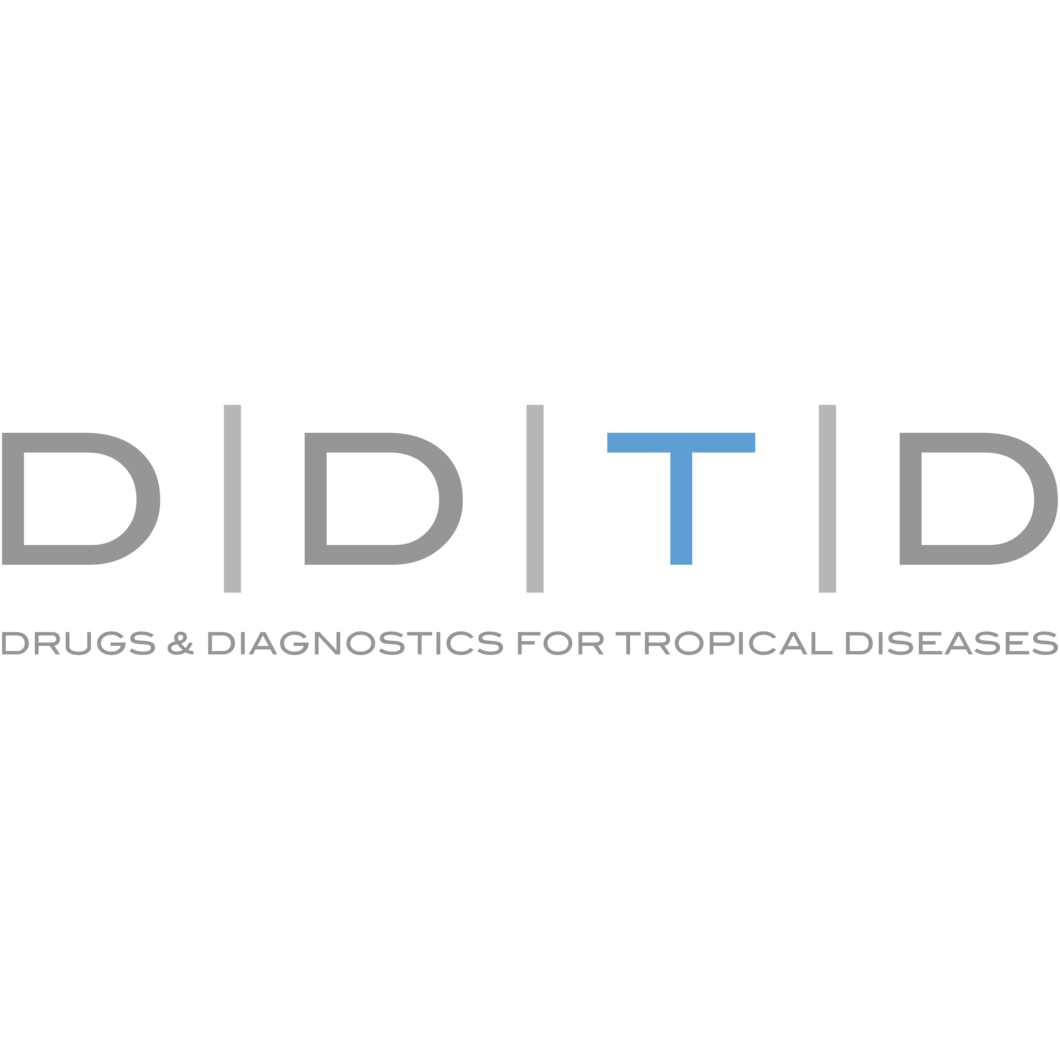WHEN TO TREAT? HOW TO TREAT? Our diagnostics help decide.
At DDTD, we embrace the ideal of eliminating diseases that do not belong to the 21st century. The first step towards eliminating a disease is the ability to detect it. Mapping diseases is critical for the World Health Organization (WHO) and its affiliates to initiate mass drug administration programs, allocate resources, monitor progress, and eventually verify elimination.
Loiasis Antibody Test
DDTD has developed a rapid diagnostic test designed for the high-resolution mapping of L. loa. The Loa Antibody Rapid Test is a Research Use Only (RUO) device. It is intended for epidemiology purposes and as a population surveillance tool. Help support RDTs to map Loasis. More information →
Lymphatic Filariasis
The only proven field-deployable test for lymphatic filariasis currently is the immunochromatography testcard (ICT), that the disease only 18 months after a person has been infected. Experts agree that a RDT indicative of early exposure to W. bancrofti infective larvae is needed. More information →
Buruli Ulcer
Buruli ulcer (BU) is a chronic necrotizing disease of the skin and subcutaneous soft tissue. It is found in about 33 countries, mostly in sub-Saharan Africa, is on the rise in Australia, with a few thousand cases each year. The disease commonly starts as a papule, nodule or a plaque and progresses to ulcerations that can be horrific and reminiscent of leprosy. It is therefore paramount to intercept the disease early with a sensitive and specific rapid diagnostic test. DDTD is proud to have been selected by the Foundation for Innovative New Diagnostics, Geneva, Switzerland, to develop such a test. More information →
Paragonimus
Hardly anyone in the Western world has heard of Paragonimus, yet this parasite affects 21 million people in South East Asia. Paragonimus is a fluke, in other words a slug-like looking worm, that is acquired upon ingesting raw crustaceans. It migrates from the digestive tract to the lung, where it induces blood in the sputum and other symptoms easily mistaken for tuberculosis or lung cancer, leading to patients being put on incorrect and dangerous treatments. Infection with Paragonimus spp. can result in an acute syndrome with cough, abdominal pain, discomfort, and low-grade fever. More information →





